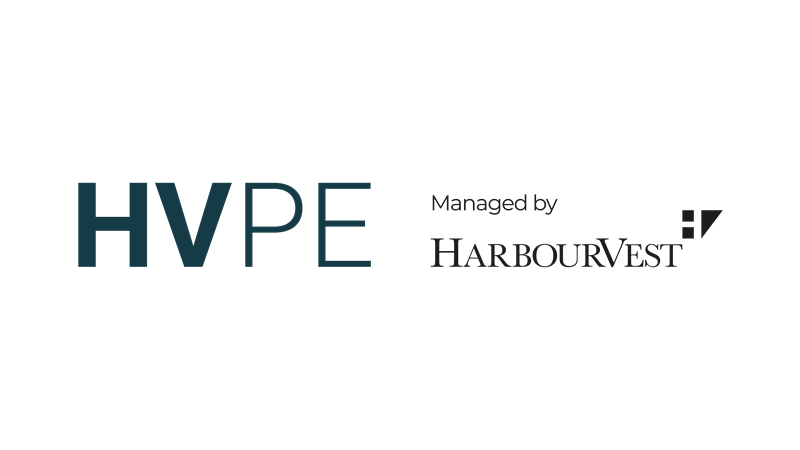Liquid Alternatives' Difficult Decade Doesn’t Mean They Should Be Ruled Out
Liquid alternatives had a difficult first decade. Created in response to the 2008 financial crisis, these funds were designed to be to the everyday investor what hedge funds are to institutions, all the while maintaining the daily liquidity of a mutual fund. Aiming to shield portfolios from the effects of stock market tumbles, in practice they reduced the impact of investment profits. In recent years, returns have been disappointing compared to traditional market benchmarks – on average, the annualized gains of almost all liquid alternatives fund groups have placed them behind several other fund categories.
Scandals such as H20, Woodford and GAM all further tarnished liquid alternatives’ image whilst prominent strategies in Europe continued to disappoint investors, resulting in considerable outflows, which has weighed on the overall figures for the sector (Abrdn's Global Absolute Return Strategies stands as a case in point, shedding almost USD 30 billion in 2018-19 alone). It is no surprise that for several years now, liquid alternatives have been out of favour.
However, this is not the end of the story. Admittedly, liquid alternatives have underperformed traditional classic 60/40 stock-bond portfolios in the recent period of expansive central-bank policies and low interest rates. But there is a silver-lining: these conditions will not always prevail. The market environment is changing, and it could now finally be time for these strategies to show their worth. Over the long run, the diversification benefits offered by this group of strategies may help a portfolio. Now is the time for investors to consider the specific structure of these funds and their utility.
Indeed, we are already seeing increased demand from investors for liquid alternatives. After a period of muted interest and continued outflows, investors in both the US and Europe, have slowly been returning to the sector over the course of 2021. From a valuation standpoint, many managers and asset allocators are beginning to view traditional assets such as stocks and bonds as expensive. There’s more uncertainty around the future path of traditional 60/40 portfolios, too. In this context, it is likely that liquid alternatives, with their diversification benefits and promise of positive, uncorrelated returns, will only become more attractive and valuable, especially since the need for an equity hedge has increased and stocks and bonds may struggle to offer the same benefits and returns in less accommodating market regimes. Indeed, bonds yield close to nothing today – in other words, with the US 10 years Treasury yield at around 1.5% today, competition from safe assets has eased.
When considering whether to opt for liquid alternatives, asset managers and investors must remember three points. First, within this sector, manager selection is crucial. The range of return dispersions within most alternative categories only goes to prove that alternative strategies are not to be avoided unequivocally, rather, that fund selectors need to make considered decisions; to pick top quintile funds has translated into positive outcomes, even in a period where traditional multi-asset portfolios have proved to be a very tough hurdle for active managers at large. Second, investors must not overlook the all-too-real challenges by blindly rushing into strategies at their peak only to leave in short order when performance dwindles. It is critical to set the right expectations and to understand the nuances associated with these strategies. Thirdly, this is a segment of the mutual fund market with significant product innovation. As a result, future market cycles may give investors reasons to reconsider their alternatives allocation.
Are liquid alternatives worth all this trouble? It depends. A well-diversified portfolio across asset classes is most likely the best approach, and for some this may include liquid alternatives. Even inside an alternative sleeve, a mix of strategies that will excel in different market environments is typically the right approach for most portfolios.
**********
Francesco Paganelli is Senior Manager, Research Analyst at Morningstar
***
The views expressed in this article are those of the author and do not necessarily reflect the views of AlphaWeek or its publisher, The Sortino Group
© The Sortino Group Ltd
All Rights Reserved. No part of this publication may be reproduced, stored in a retrieval system or transmitted in any form or by any means, electronic, mechanical, photocopying, recording or scanning or otherwise, except under the terms of the Copyright, Designs and Patents Act 1988 or under the terms of a licence issued by the Copyright Licensing Agency or other Reprographic Rights Organisation, without the written permission of the publisher. For more information about reprints from AlphaWeek, click here.







